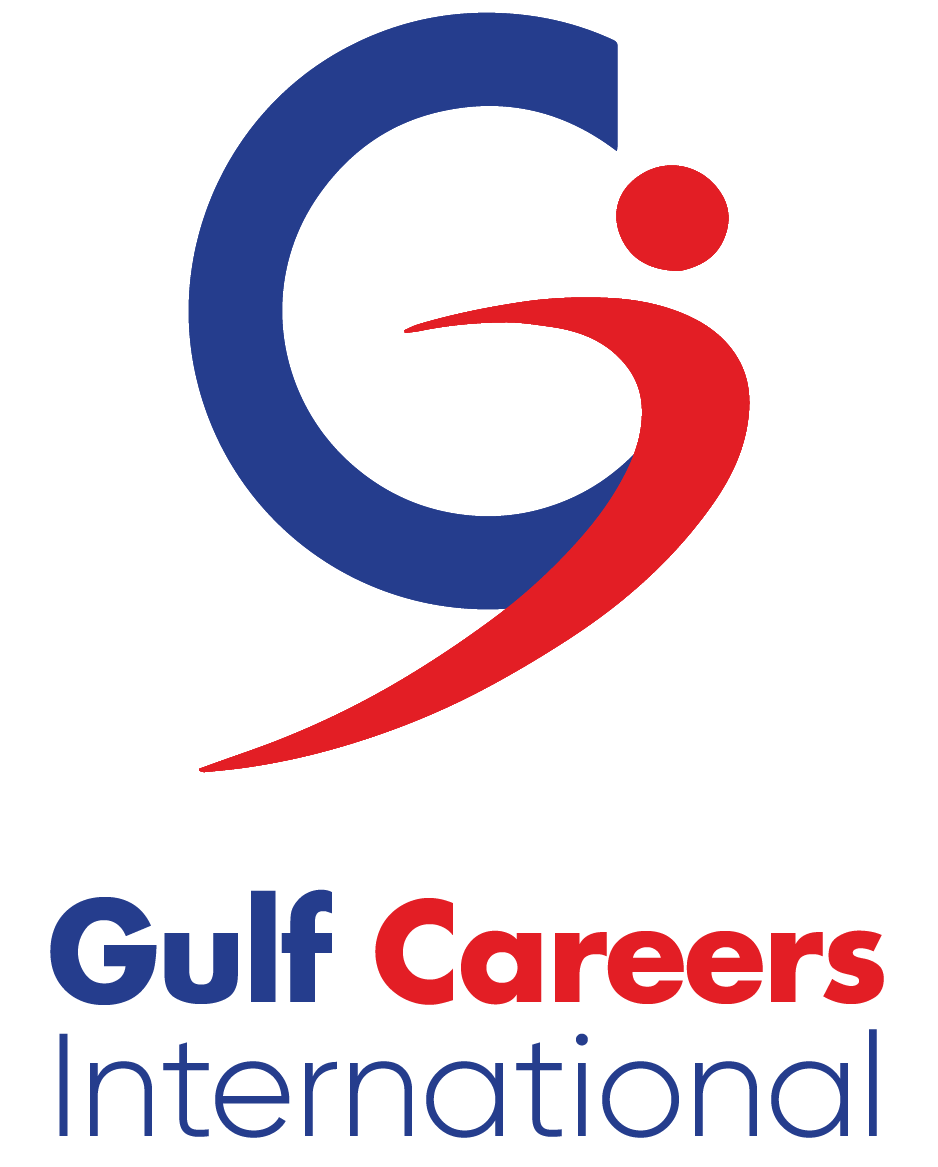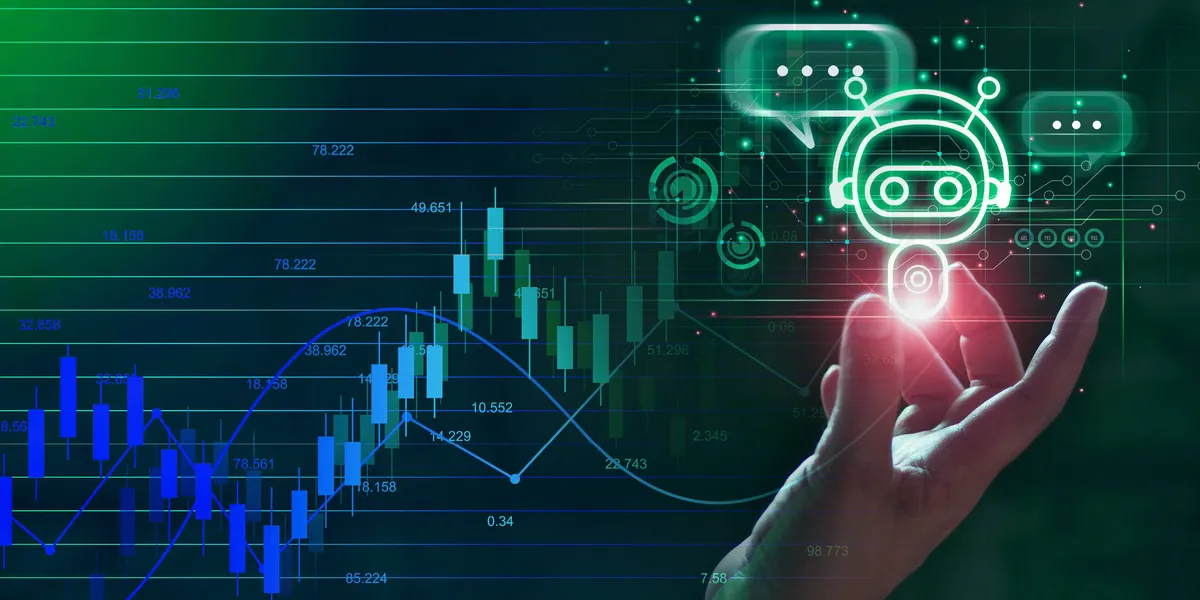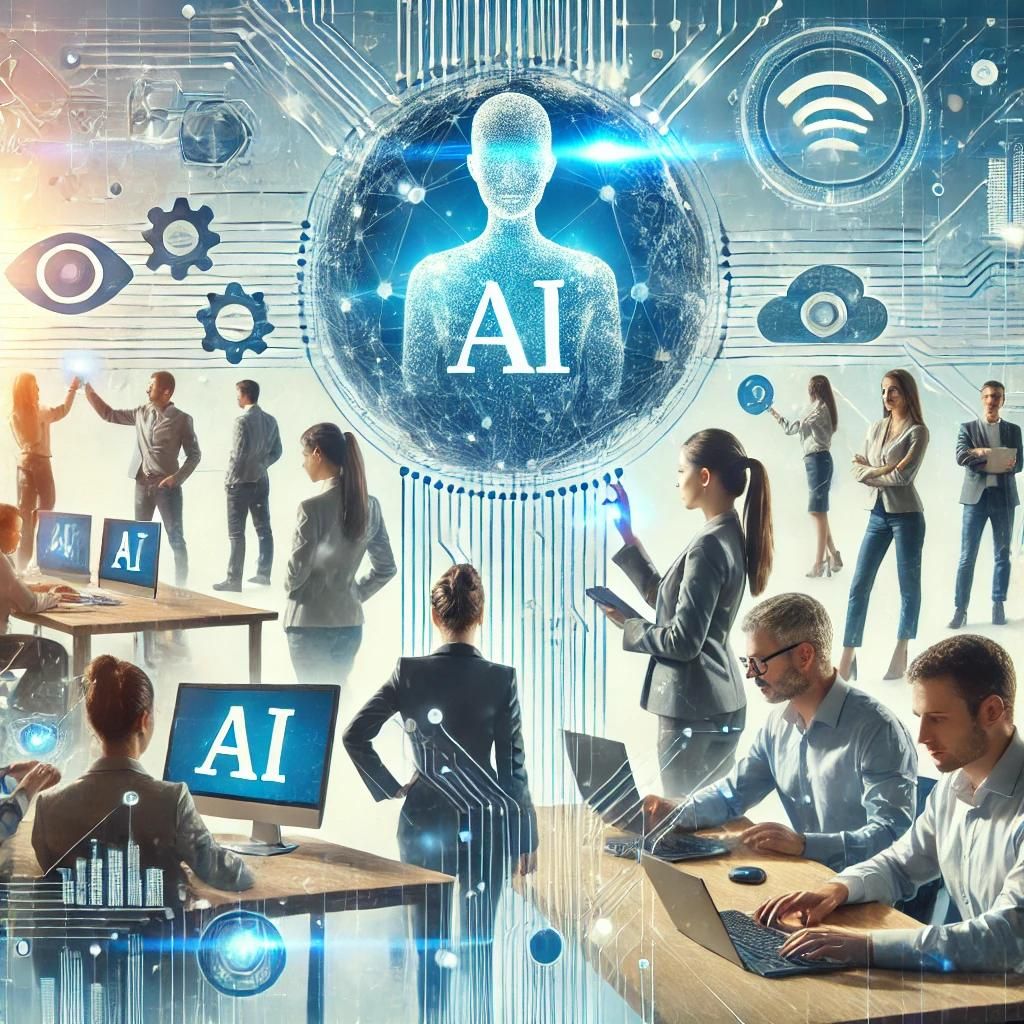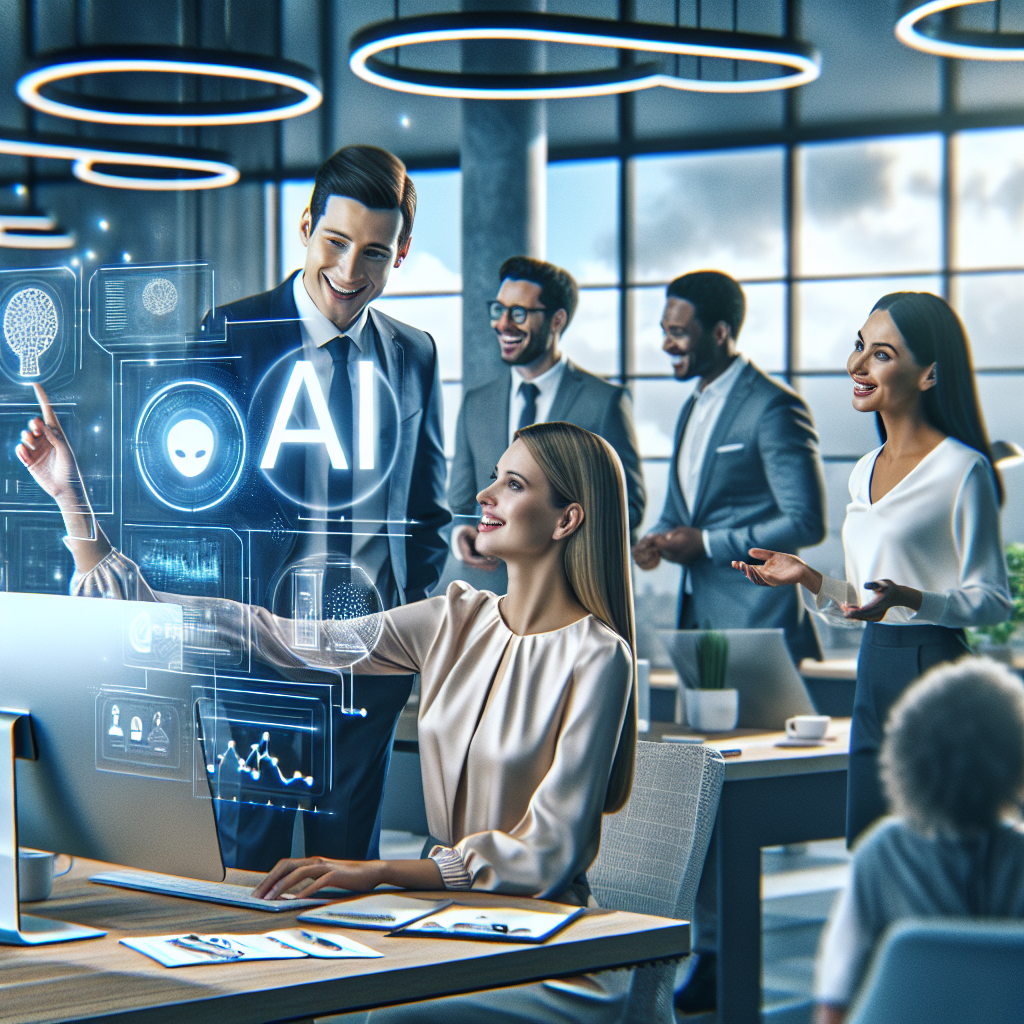In today’s dynamic job market, businesses can no longer rely solely on traditional HR metrics to plan for the future. That’s where AI and predictive analytics come in.
By analyzing vast datasets — from employee performance to industry hiring trends — companies can now forecast future hiring needs, reduce turnover, and identify potential skill gaps before they affect business operations.
One of the key benefits of AI in workforce planning is its ability to predict attrition patterns. Machine learning models can analyze factors such as job satisfaction scores, absenteeism, tenure, and even engagement data to flag employees who are at risk of leaving.
“The best way to predict the future of your workforce is to build it today”
This allows HR teams to take proactive steps — from internal mobility to early intervention strategies — improving retention and workforce stability.
AI also plays a vital role in forecasting future talent needs. For instance, if your business is expanding into a new region or launching a new product line, predictive models can estimate the number and type of roles you’ll need — along with timelines and required skillsets. This helps leaders stay ahead of the curve, ensuring the right talent is in place before demand spikes.
Beyond hiring and retention, predictive analytics can also highlight critical skill gaps. By comparing current employee skills with market trends and company growth projections, AI tools help HR departments design targeted upskilling and reskilling programs. The result? A more agile, future-ready workforce — aligned with business goals.



